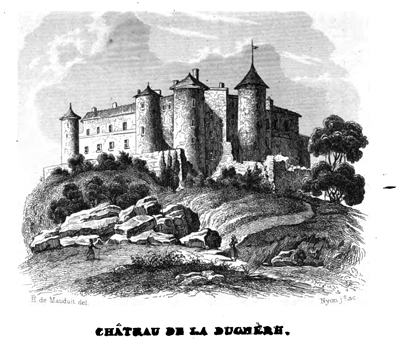Antoine Clapisson was born in 1780 in Lyon where his father was a maker of woodwind instruments. He was a pupil of the famous horn virtuoso, Giovanni Punto (1746-1803) [1]. It is not known when Clapisson studied with Punto. The great artist was resident in Paris from 1782 to 1798 although he was touring in Germany and London in 1787 - 88. It would seem most likely that Clapisson's studies began with him sometime after his return to Paris in 1789. [2] |
|
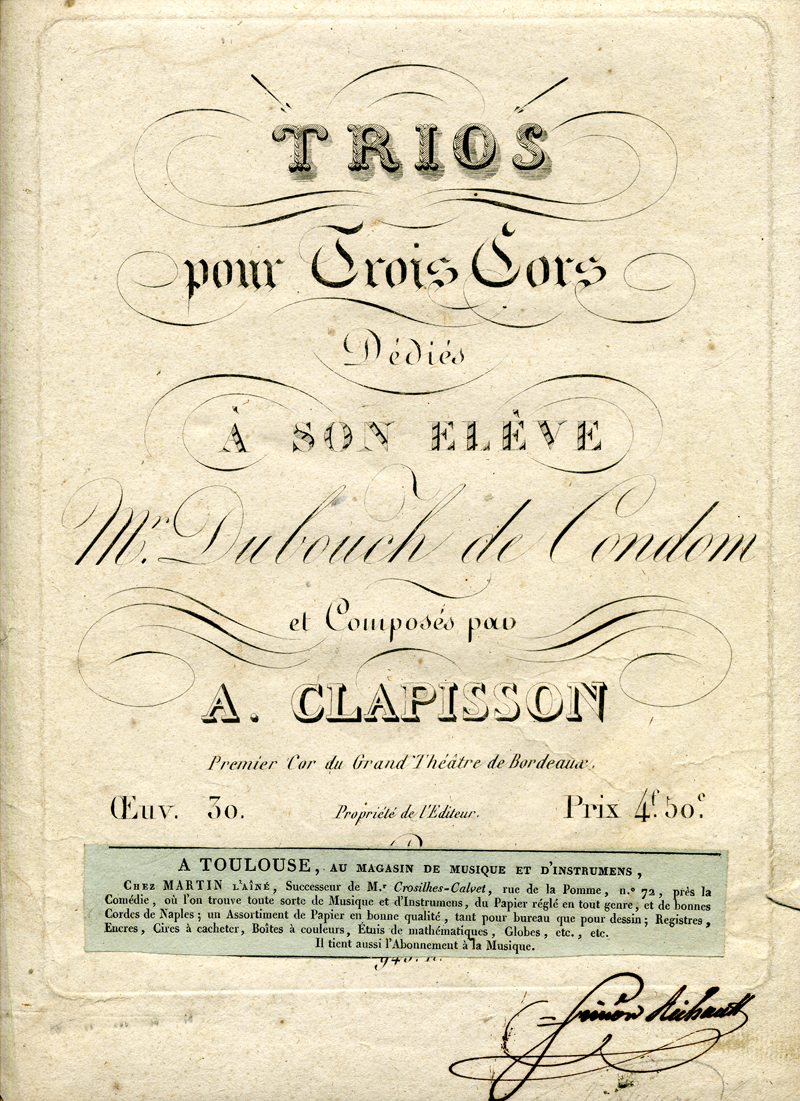 (click to open complete .pdf) |
 Journal des Artistes, Paris, July 1, 1827  Journal des Artistes, Paris,
June 17, 1832
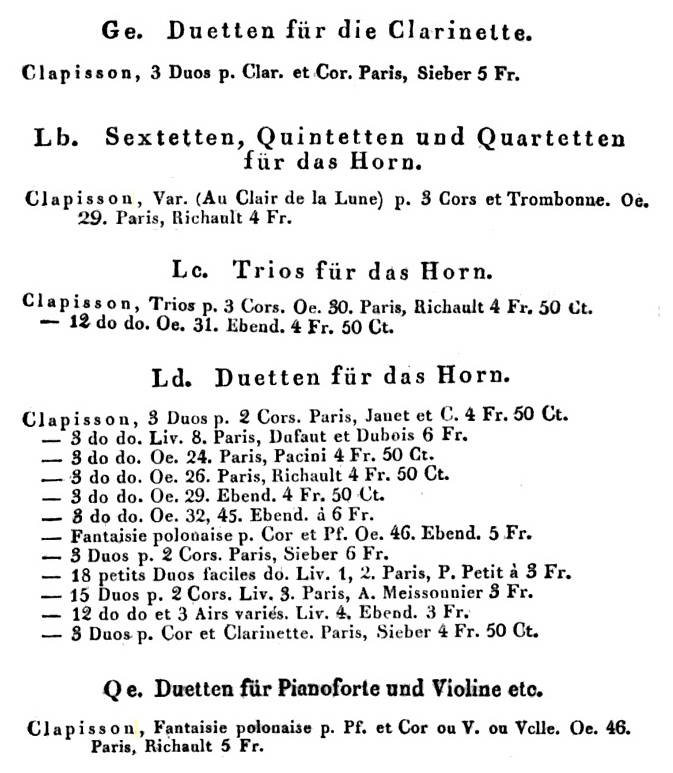 Handbuch des Musikalischen Literatur, Leipzig,1828 (http://fr.wikipedia.org) |
|
The Clapisson Families. |
|
|
|
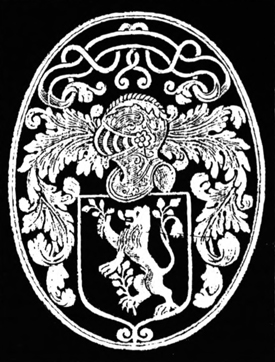 |
|
|
M. Pierre Clapisson du Lin, Secrétaire du Roy, Contrôleur Général de l’Artillerie de France and his wife dame Marie de Vouldy purchased the Citadel de Boucé in 1667. The previous owner, M. Antoine du Buysson, had not been a good businessman, however, and M. Clapisson was soon overwhelmed by his creditors. He died in 1673 and his widow finally sold Boucé to Lieutenant General Charles Guillaud de la Motte, husband of demoiselle de Marmande. |
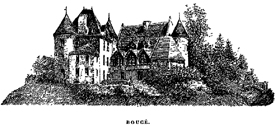 |
C.L. Clapisson was appointed as a Procureur aux Cours de la Sénéchaussée et Présidial de Lyon (magistrate in the Court of the Administrative District and Presidial of Lyon) in 1771. In 1782 he was the fiscal magistrate for competition and survival of the port of Lyon in the eastern suburb, parish, and estate of Guillotiere.[2] His residence was on the Rue. des Trois Maries. |
|
|
|
|
